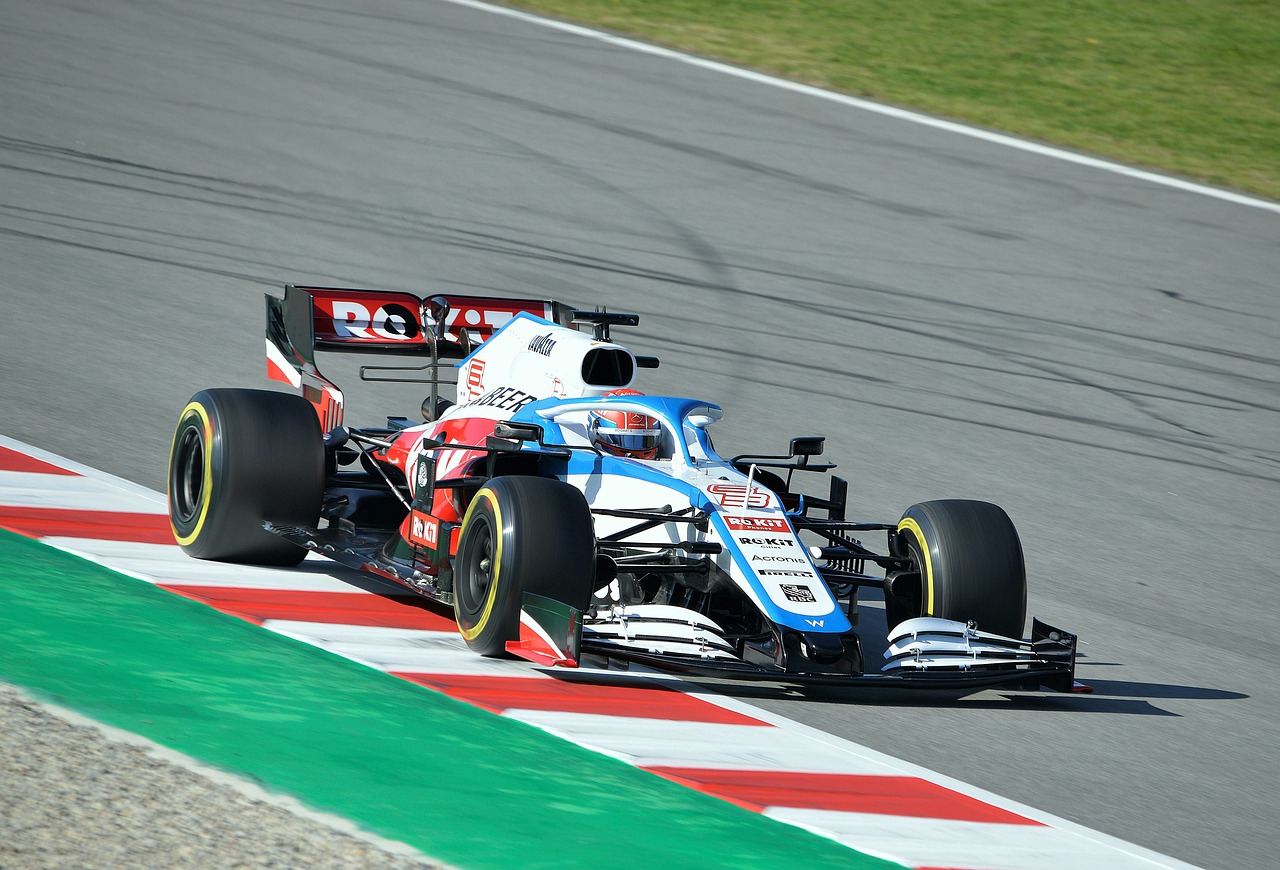The planned regulation changes for the 2026 season will make Formula 1 cars faster on the straights. But what if these speeds reach a critical level?
“We’ve heard these concerns,” says Jan Monchaux, Technical Director at the International Automobile Federation (FIA). “We are aware of this, and we want to emphasize that we will ensure the speeds do not reach a level where they become a safety issue.”
But how exactly can the FIA ensure that the next generation of Formula 1 cars does not become too fast?
Monchaux points to active aerodynamics and the new X-mode for low downforce: “We can intervene by, for example, banning the flattening of the rear wing on certain straights or determining how far the rear wing can open. This way, we can control the top speed.” Additionally, the world federation can “regulate, if necessary,” how much electrical energy is used for acceleration.
“We absolutely do not want to take absurd risks,” Monchaux emphasizes. 380 km/h exiting the tunnel and approaching the harbour chicane in Monaco is out of the question. “That’s nonsense and won’t happen. But if we didn’t intervene, this risk would certainly exist.”
How the FIA Plans to Influence the 2026 Regulations
However, the FIA does not intend to intervene immediately. Monchaux and his team at the world federation want to let the new technical regulations “mature” a bit since detailed negotiations are not yet concluded, and the complete rules have not been officially adopted.
“As soon as the car designs and team simulations have developed further, we will make the necessary adjustments to achieve speeds roughly at the current level. Plus or minus five km/h or so,” says Monchaux.
What Will Happen in the Corners in 2026?
For cornering, lower speeds are expected. “The cars will be lighter and have less downforce than the current cars,” Monchaux explains, noting that compared to the current state in Formula 1, a car will lose more than a third of its downforce. Reliable figures are not yet available.
“When the teams have conducted their simulations over the coming months and gained a better understanding of the new rules, we will discuss an appropriate level of downforce. This could be a few percent above the threshold currently specified in the regulations,” says Monchaux.
The FIA technical chief does not anticipate difficulties with any adjustments: “For example, a few more points of downforce could be easily added via the underbody. However, we will in any case try to set a limit: higher than currently envisaged, but lower than with the current cars. Therefore, cornering speeds will be somewhat lower. There is no way around that.”
